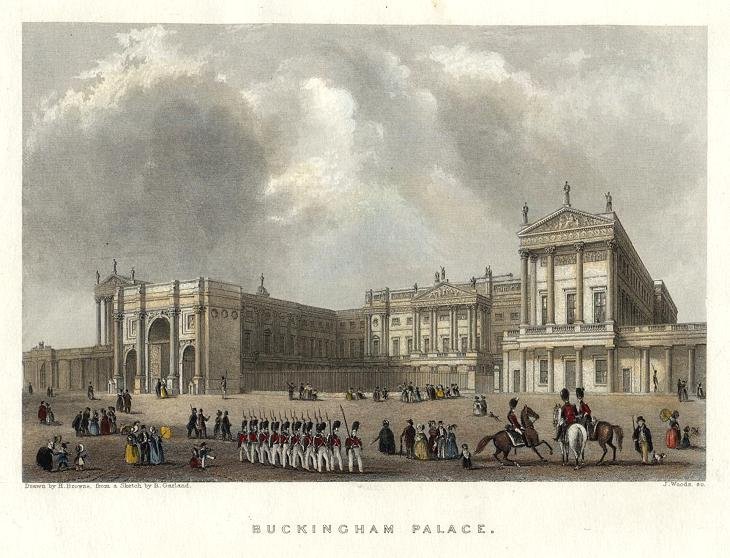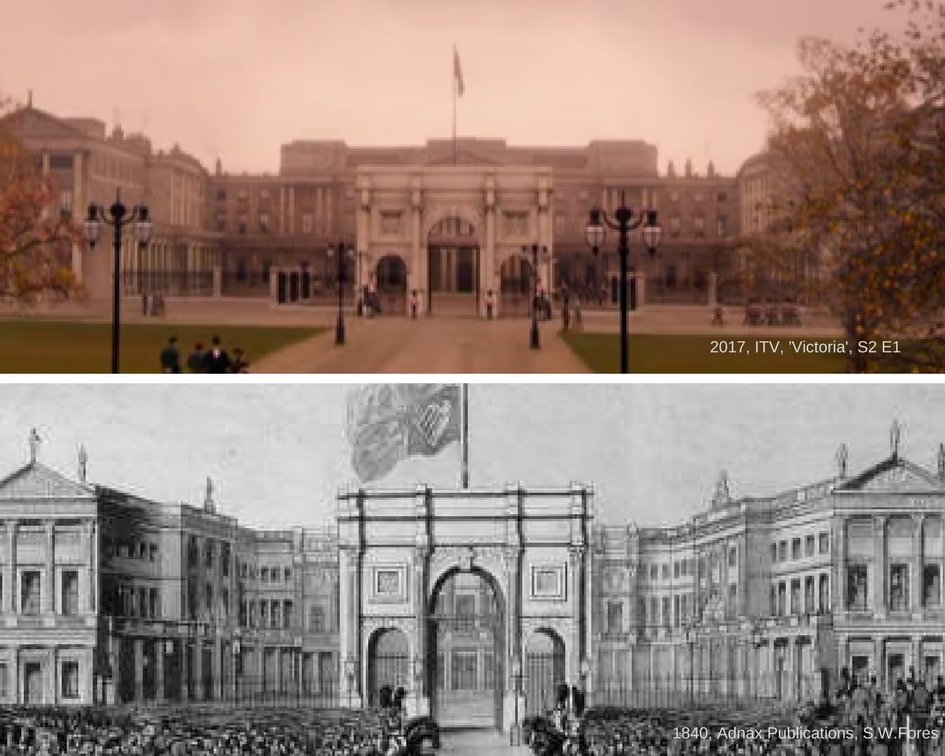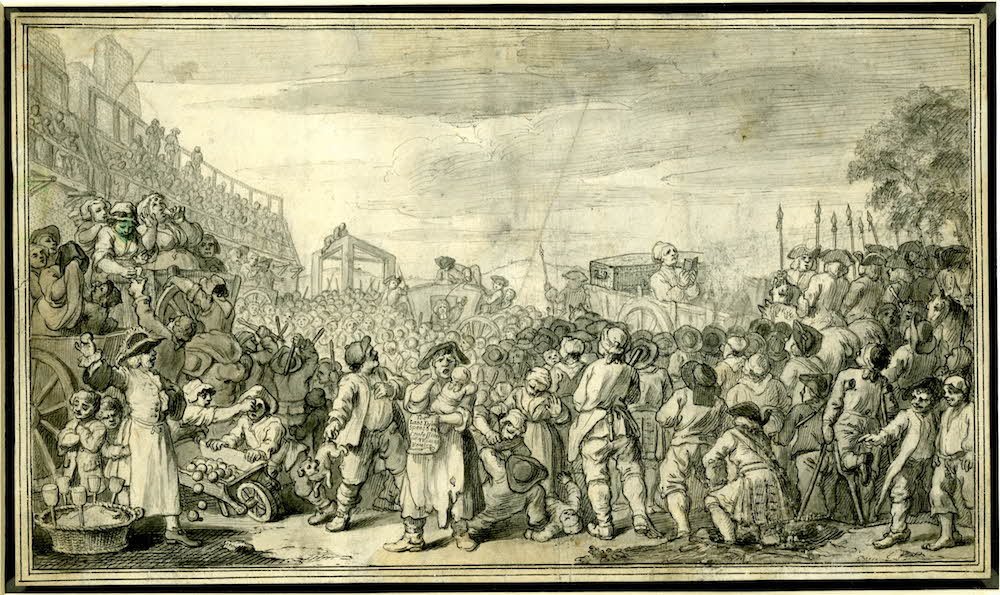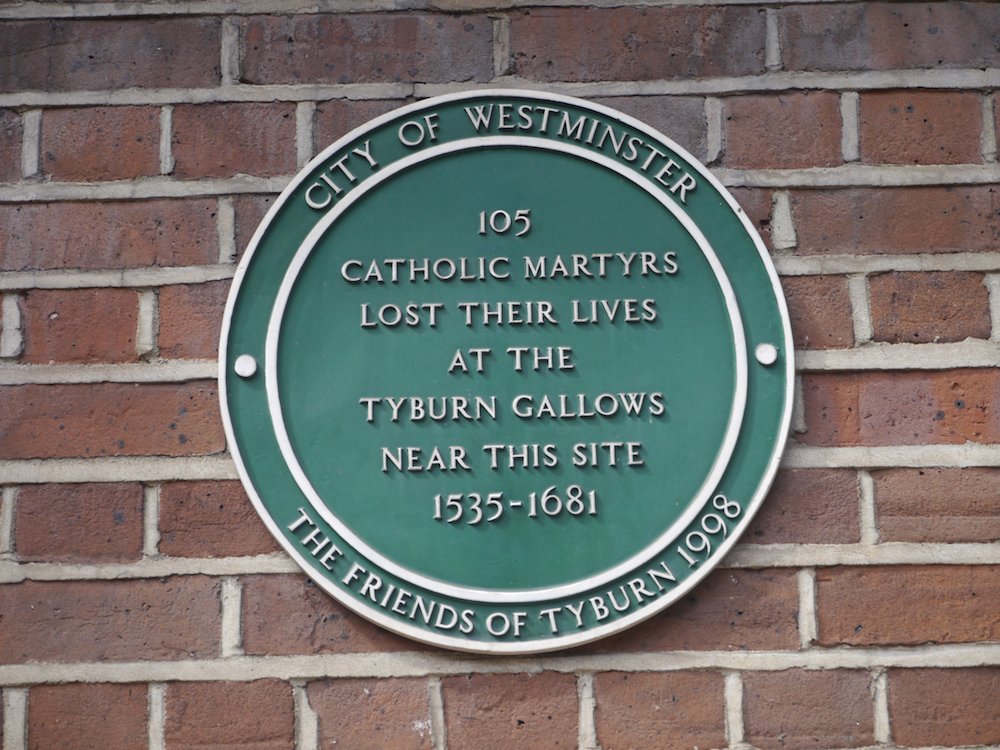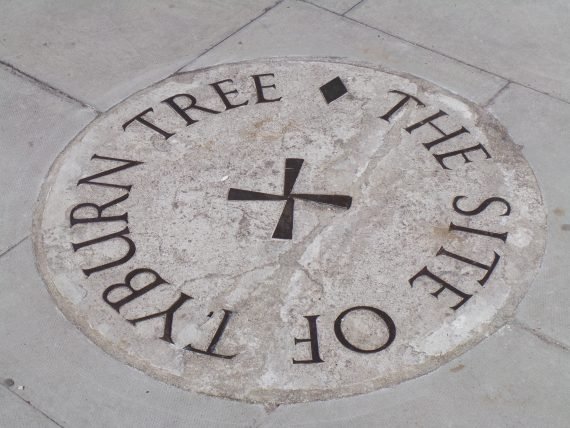Marble Arch:
John Nash (1752-1835) was the favoured architect of the Prince Regent, later King George IV. Nash designed which was designed to be a grand gateway to Buckingham Palace & an celebration of British victories in the Napoleonic Wars – a Triumphal Arch.
John Nash (1752-1835) was the favoured architect of the Prince Regent, later King George IV. Nash designed which was designed to be a grand gateway to Buckingham Palace & an celebration of British victories in the Napoleonic Wars – a Triumphal Arch.
However in 1830 George IV died. Shortly after the King’s death Nash was sacked by the Prime Minister, the Duke of Wellington, for overspending on the project. The architect Edward Blore was commissioned to complete the works in a more economic and practical fashion.
The Arch was completed in 1833 although the central gates were not added until 1837, just in time for Queen Victoria’s accession to the throne.
Blore incorporated most of the battle scene friezes high up in the central courtyard of Buckingham Palace.
Blore incorporated most of the battle scene friezes high up in the central courtyard of Buckingham Palace.
On the North Side, 3 female figures representing England (centre) wearing Britannia’s helmet, Ireland (left) with her harp and Scotland (right) with the shield of St Andrew.
The gates
Originally planned to be cast in “mosaic gold”, the central gates were actually cast in less expensive bronze. Each gate features the same: a lion at the top, George IV’s cypher in the middle & St George slaying the dragon.
The smaller side gates were added in 1851.
Originally planned to be cast in “mosaic gold”, the central gates were actually cast in less expensive bronze. Each gate features the same: a lion at the top, George IV’s cypher in the middle & St George slaying the dragon.
The smaller side gates were added in 1851.
The Arch stood as a formal gateway to Buckingham Palace for 17 years, it was overshadowed by Blore’s enlarged Buckingham Palace.
In 1850 the decision was taken to move the Arch, where it would form a grand entrance to Hyde Park in time for the Great Exhibition of 1851.
In 1850 the decision was taken to move the Arch, where it would form a grand entrance to Hyde Park in time for the Great Exhibition of 1851.

 Read on Twitter
Read on Twitter
